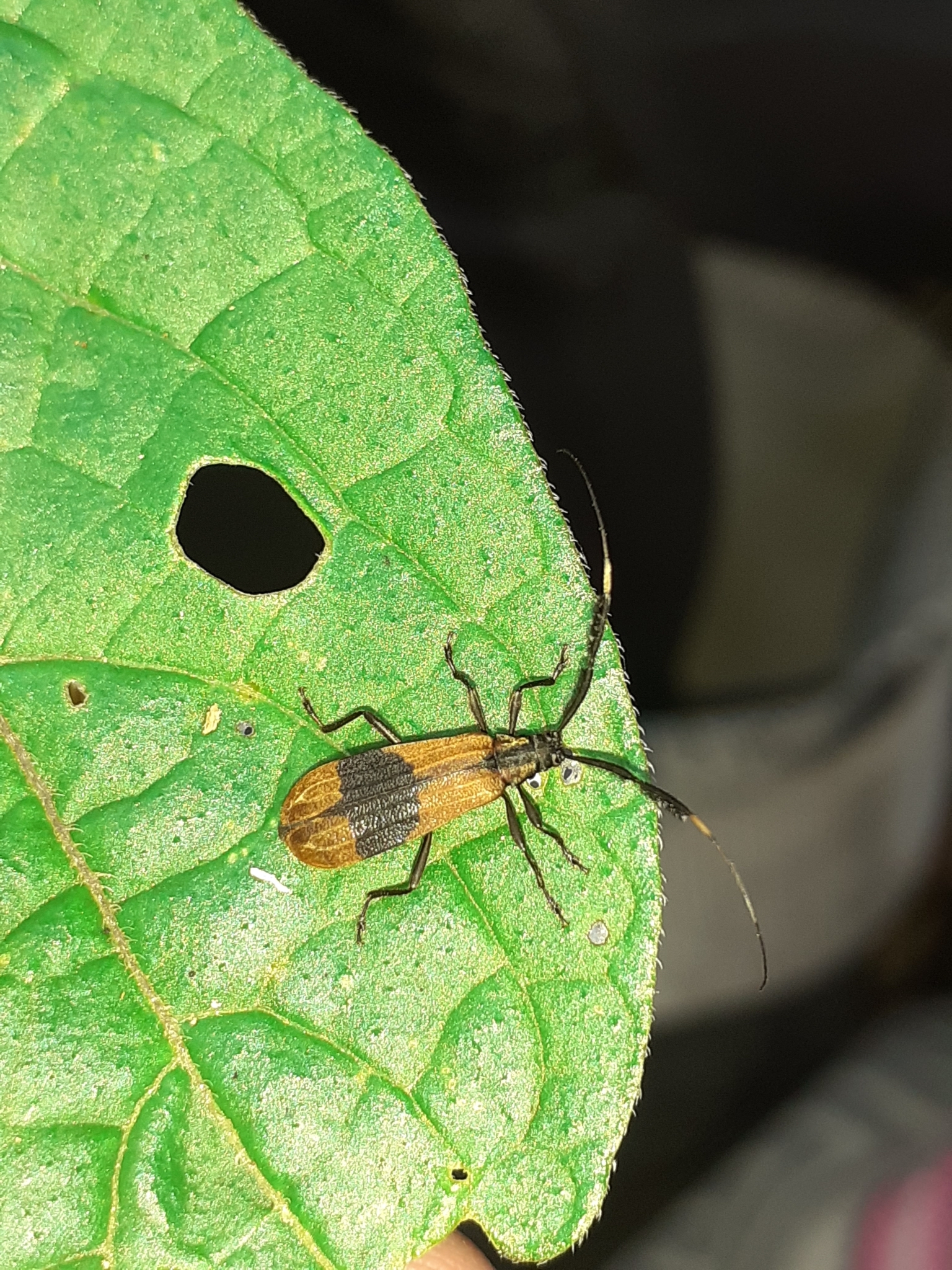iNaturalist June News Highlights
We hope you enjoy our June News Highlights! If you missed last month’s highlights, you can catch up here. This month, we’re leading with Urban Ecology stories that show how cities are using iNaturalist to reimagine their relationship with wildlife.
Urban Ecology

A. In California, @cesarestien and colleagues from UC Berkeley used iNaturalist to measure the impact of discriminatory practices on urban biodiversity. They published their findings in the Proceedings for the National Academy of Sciences.
In Australia, researchers used iNaturalist data to understand how people are interacting with informal green spaces in urban environments. Another study used iNaturalist data to understand how far people travel to parks across the United States.
In Italy, @deborabarbato and colleagues described how their Siena BiodiverCity project has prompted urban planners to actively incorporate biodiversity and nature into city development.

Species Discoveries
B. Lost species lists can guide efforts to rediscover species.
With the help of iNaturalist data, @chrysoptera and colleagues published a list of 126 lost birds not seen in the last decade (+9 that have been recently found).
You can compare this list with whats been seen on iNaturalist this decade here which includes this spectacular Yellow-crested Helmetshrike found by @cypseloides last December (note that there are some iNat/eBird vs BirdLife taxonomic discrepancies).
Range Extensions
C. In Great Smoky Mountains National Park, @connorrfad documented the first-ever Queen butterfly. Check out this video where @willkuhn from Discover Life in America recounts the discovery.
D. In Canada, @oridgen10's fly observation was among the first records in the country.
E. In Ecuador, @davidweaver’s observation from the Río Palenque Research Center helped confirm a range extension of the Littoral Glassfrog
Invasive Species
F. In the United States, there have been so many stories tracking the Joro spider invasion in June that iNaturalist was mentioned in both Washington Post and the New York Times on the same day. @diego_h’s observation shows a Joro eating a native two-lined spittlebug.
G. In Europe, @mdv used iNaturalist data to understand shifts in the ecological niches of invading mantids outside their native ranges.
H. In Ecuador, @mario_yanez_munoz, @feranolis, @stefannycuadrado, @keyko_cruz, and @lamador used iNaturalist data to understand how Brown anoles are able to invade Guayaquil.
Conservation
iNaturalist is a powerful tool for detecting declines in species (see examples like this monitoring study and this rarity study on Brazilian amphibians and reptiles). Building on this, the following two examples from Canada show communities using iNaturalist to advocate for the protection of habitat to protect rare species:
I. In British Columbia, local groups are using iNaturalist to call for an emergency order to stop an open-pit mine on one of just two known sites of an endangered fern observed here by @eva7.
J. In Alberta, the Save Nose Creek project is using iNaturalist to advocate for the creation of a provincial park in the lands surrounding Nose Creek.
Connectivity
In addition to protecting land, communities are using iNaturalist to improve and restore land. Often this involves increasing connectivity between protected areas to decrease fragmentation. These stories highlight how iNaturalist is being used to increase connectivity by combatting road mortality.
K. In Costa Rica, @carolina_pinto and colleagues are using iNaturalist to identify wildlife crossing mitigation sites.
L. In Canada, researchers used Musk Turtle observations like this one by @pricklybriar to understand road mortality risks as they move between wetlands.
M. In Oregon, the Department of Fish and Wildlife partnered with the Oregon Zoo to launch the Roadkills of Oregon project on iNaturalist to understand where road kills like this gopher snake observed by @peterolsoy are occurring.
iEcology
Scientists are using images contained within iNaturalist images to advance ecology:
N. Across the United States, @moore-evo-eco and colleagues used iNaturalist images to distinguish dragonflies with ornamented wings such as this common whitetail and found that ornamented species are faring better in human-modified landscapes. This research supports sexual selection theories suggesting that signals like wing ornaments can reduce difficulties finding mates in rapidly changing environments.
O. In North America, researchers used iNaturalist images like this one by @louiseinva to compare the interaction between Mexican grass carrying wasps and host flowers across its range.
P. In Italy, researchers used iNaturalist images such as this one by @laura1544 to study spatial distribution of distinct viper phenotypes

AI Naturalist
Q In Germany, @teja6 and colleagues used iNaturalist images to train models to automatically identify individual species from drone imagery of canopies.

Bioblitzes and Events
R. In California, don't miss this story about how the Snapshot Cal Coast 2024 survey led by @rebeccafay and colleagues succeeded in detecting one individual of the critically endangered sunflower sea star that has dramatically declined in recent years.
Also this month, there were many great iNaturalist events for National Pollinator Week. We loved this tutorial by @jdo77 on how to create a pollinator project on iNaturalist.

iNaturalist’s Education Impact
S. Campus bioblitzes like the University of Southern Malaysia Campus Nature Challenge which documented this clouded monitor by @rusidah are a great way to teach conservation and environmental awareness.
There were also many examples of courses and student projects using iNaturalist this month.
iNatters in the News
T. @alan_rockefeller and @mandiequark’s mycology work and use of iNaturalist was featured in the New York Times this month.
U. In Trinadad and Tobago, @akilahstewart published an article on her experience joining the Inter-island Bioblitz
V. In England, @ed-in-sidmouth published an article on how churchyards and cemeteries around Sidmouth can be sanctuaries for nature.
W. In Australia, this story highlighted @joelirwin’s many contributions to the Griffith University Gold Coast Campus bioblitz.
Thank you to everyone who participated on iNaturalist this June! You can become an iNaturalist supporter by clicking the link below:



























